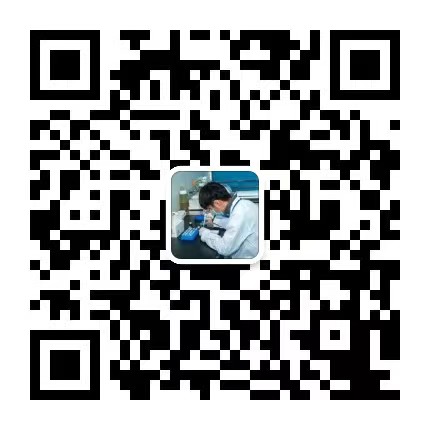1. Test items
Testing the accuracy of health monitoring functions:
The accuracy of heart rate monitoring is the key. Use professional heart rate simulation equipment to simulate different heart rate states, compare the measured value of the smart bracelet with the simulated real value, and the error is generally required to be controlled within ±5 times/minute, otherwise it may mislead users in sports and medical scenarios.
The accuracy of sleep monitoring should not be ignored. Through synchronous monitoring with a professional sleep monitor, check the accuracy of the bracelet's judgment on the time of falling asleep, the division of sleep stages, and the length of sleep. It must be able to accurately distinguish between light sleep, deep sleep, and rapid eye movement sleep, and the error must be controlled within a reasonable range to ensure that users are provided with reliable sleep quality analysis data.
Electronic component performance testing:
Display clarity test, observe the visibility of the screen in strong light and weak light environments, whether there are screen distortion, missing scratches, etc., and the text and icon display should be clear and complete to ensure that users can read information easily at any time.
Bluetooth connection stability test, simulate different distances and complex electromagnetic environments, such as in shopping malls, subway stations and other places, check whether the Bluetooth connection between the bracelet and the mobile phone is frequently disconnected, whether the data transmission is smooth, and ensure the normal operation of functions such as message reminders and sports data synchronization.
Battery life and safety testing:
Battery life test, simulate daily use scenarios, continuously open various functions for a certain period of time, check the power consumption, and require the product to meet the nominal battery life, such as continuous use for more than 7 days, to avoid frequent charging to bother users.
Battery safety test, check whether the battery has dangerous conditions such as bulging, smoking, and fire under extreme conditions such as high temperature, overcharging, and over-discharging to ensure safe use.
2. Testing method
Function accuracy measurement: Use high-precision medical simulation equipment, such as multi-parameter physiological simulators, to provide standard data comparison for heart rate and sleep monitoring accuracy; use professional sleep monitoring beds, combined with multi-parameter monitoring such as brain waves and eye movements, to judge the sleep monitoring level of the bracelet.
Electronic component evaluation: Use illuminance meters and dark rooms to simulate different lighting conditions to test the display screen; in a shielded room, use a Bluetooth tester to simulate a complex electromagnetic environment and test the Bluetooth connection performance.
Battery special test: Use a battery charge and discharge cycle tester to simulate daily and extreme charge and discharge conditions to monitor battery life and safety performance.
3. Testing standards
In China, GB/T 40254-2021 "Safety requirements for lithium-ion batteries and battery packs for wearable electronic products" and other standards regulate batteries and some functions; internationally, ISO 13287 "Personal protective equipment - Electronic equipment" provides guidelines for functions such as health monitoring of wristbands to ensure consistent product quality around the world.
4. Significance of testing
For consumers, the data of smart wristbands after strict testing is accurate and safe to use, providing reliable support for health management and convenience of life; for manufacturers, testing helps optimize products, enhance brand reputation, and promote the vigorous development of the smart wearable industry.
